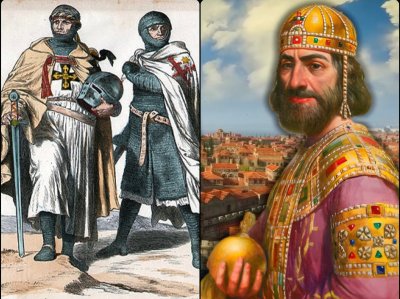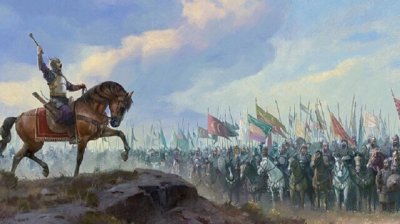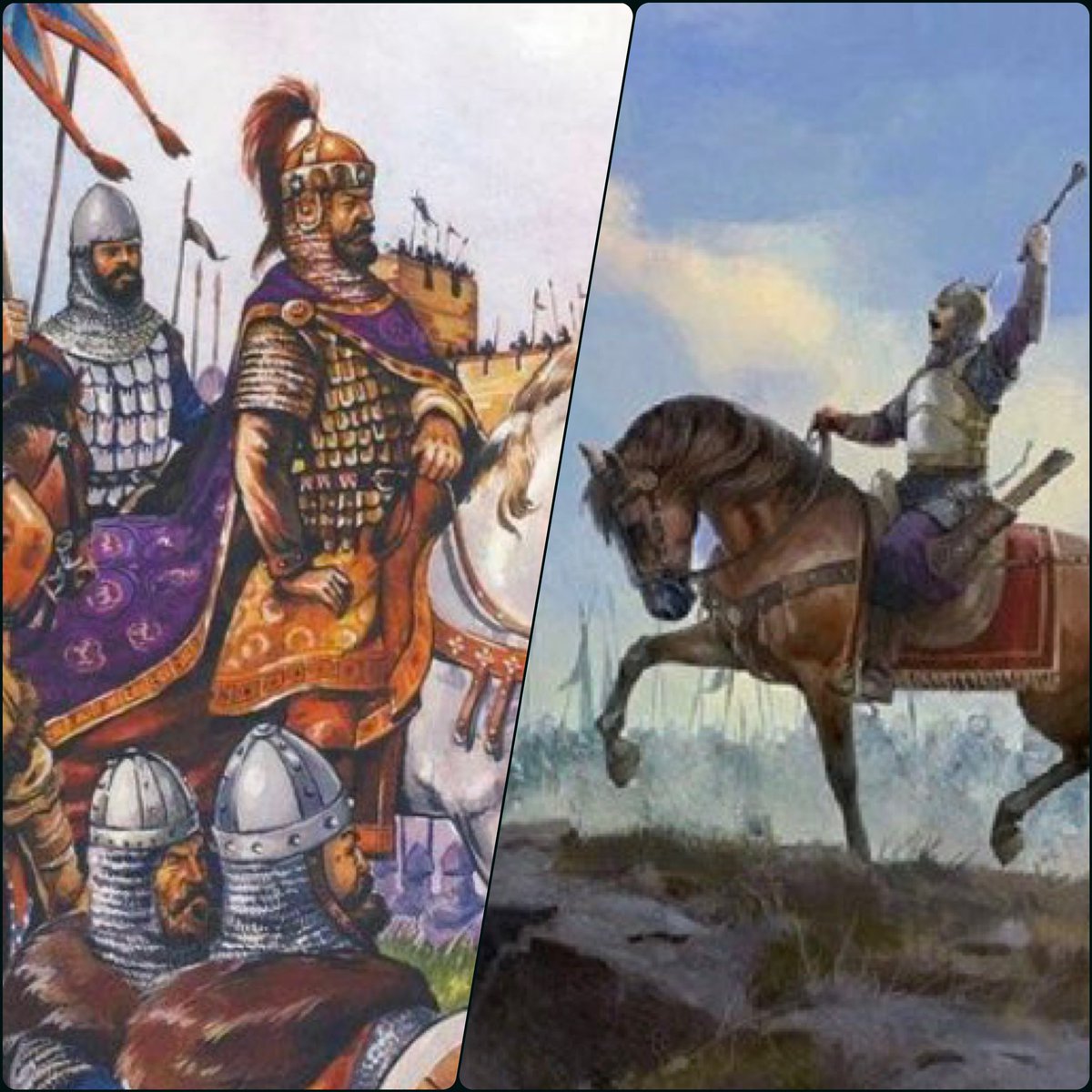
In 1116 an older Alexios Komnenos faced another challenge as a Seljuk offensive into western Anatolia unfolded. Turkish raiders penetrated the frontier even reaching the vicinity of Nicaea. The imperial response was an example of the growing confidence of the rebuilt Roman army in the aftermath of the First Crusade which had launched the Komnenian Restoration. The Romans could now take on the Turks themselves in open battle.

Alexios Komnenos led an army to Nicaea himself in order to defend his lands and people. The Turks fled upon hearing an imperial army was marching their way. However, as they fled a second Roman army attacked the retreating Seljuks and inflicted a defeat on them. The Turks could do nothing but “watch the moves of the imperial army” for now. “Alexios organized the defense against the Turkish invaders by moving back and forth between and establishing camps and defensive positions…In this way, he afforded protection to the entire southern section of the Propontis littoral and large parts of Bithynia.” By using fortresses he could buy time if the Turks appeared until his army could arrive. He also had several contingents of more mobile units like cavalry to counter some lighter raids in between fortresses.
The situation was a chess match. Despite having a superior army for months “the emperor shrank from mounting a full-scale attack on the sultan, perhaps in apprehension of a swift retreat of the Turks into the interior of Anatolia, where they would be out of his reach.” However, eventually “Alexios prepared his troops for the last phase of his operations, which targeted the very center of the Turkish dominion in Konya. It is unclear whether this expedition was part of the imperial government’s original strategic considerations. According to Anna Komnene, the Turks had provoked the emperor by turning back westward and resuming their raids so that Alexios decided to inflict an even more crushing defeat on them.”

“After departing, most likely, in late September or early October 1116, the imperial army had some initial successes and quickly advanced…Yet the expedition as a whole did not bring the expected results.” The Turks used scorched earth tactics & destroyed farmlands to deprive the Romans of supplies. The Turks also launched other attacks on Roman territory to try to get them to turn around. “The more the Byzantines approached the interior of the Anatolian plateau, the stronger the Turkish resistance grew and the more pressing supply problems became. Pondering these difficulties, Alexios and his generals decided to withdraw…The imperial headquarters had to make this sudden shift in the expedition’s objectives plausible to the soldiers, who must have been concerned about the reasons behind the emperor’s hesitation and the rumors about newly arriving barbarians and devastated areas further afield. Anna talks about prayers and a decision based on divine judgment, but it is quite obvious that both the rank-and-file soldiers in 1116 and Anna’s audience had to be convinced that the abandoning of the campaign’s initial target by no means meant that the campaign had failed.”
The Turks tried to ambush Alexios as he made his way back to Roman territory. “The Turkish warriors reportedly employed an irritating strategy of harassment aiming at the physical and moral exhaustion of the Byzantine soldiers. Fierce attacks by small cavalry units at daytime, a great number of fires giving the impression of large gatherings of troops, wolf-like howling, and insults hurled…undermined the fighting morale of the imperial troops.” It took great discipline but the army made it back to Roman territory intact.

The campaign should not be viewed as failure. The reality is, when Alexios first took the throne, the Romans could not dare send an army to march into even coastal Anatolia let alone towards the interior. Now the Romans could defend their lands and launch large counter-offensives. This is a great example of the growing confidence and capability of the Romans which John Komnenos would use effectively in his reign. This campaign, like the battle of Myriokephalon during the reign of Manuel Komnenos many decades later, shows that a single knockout blow was not the way to tackle the Seljuks. This campaign also showed that the Roman capabilities in the field of battle were there with the right leadership.
Source:
Byzantium and the Emergence of Muslim-Turkish Anatolia by Alexander Beihammer

